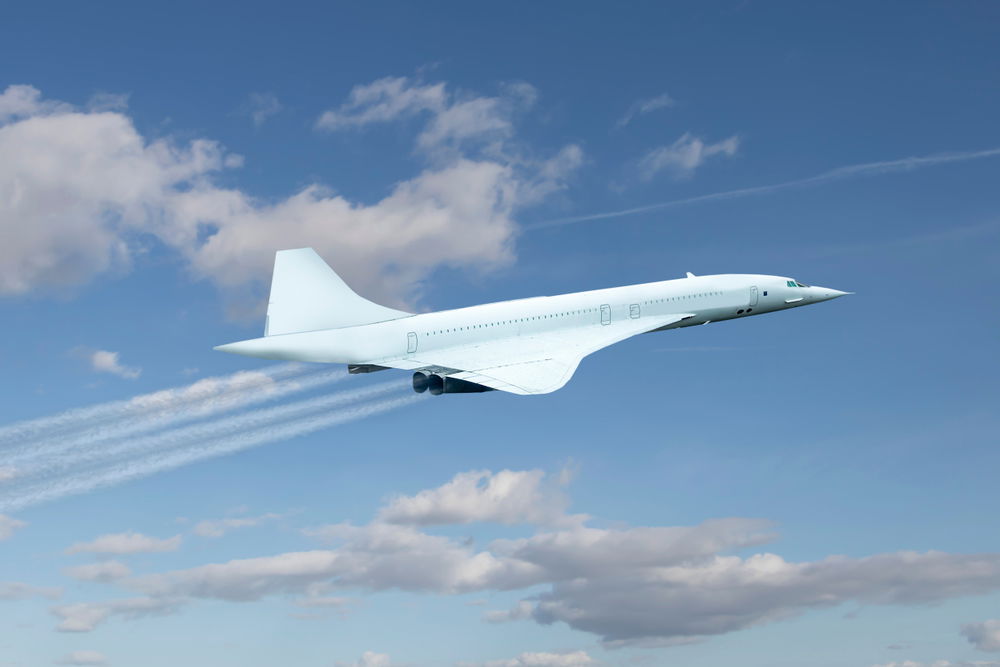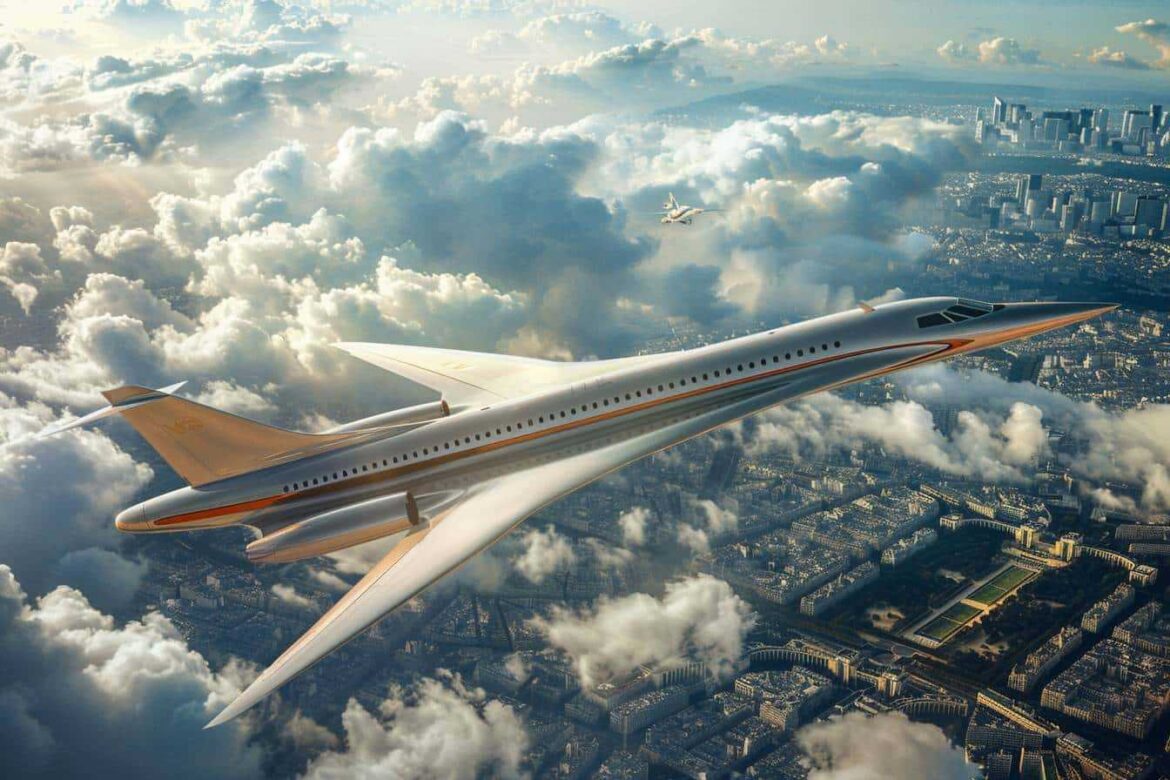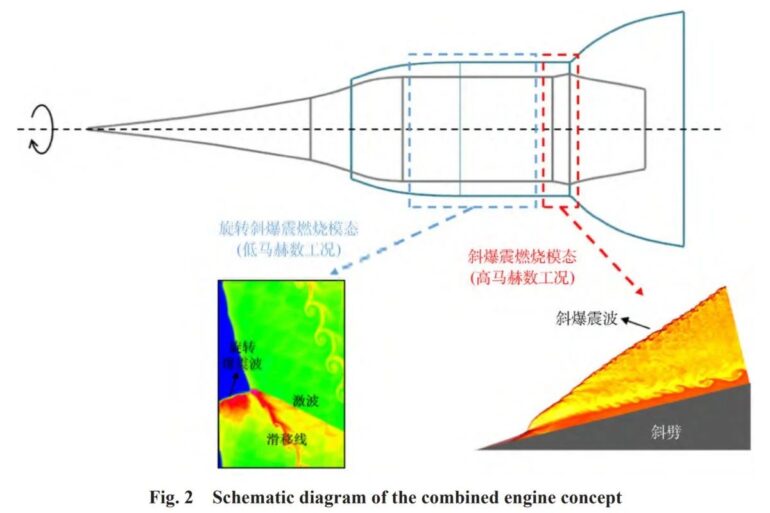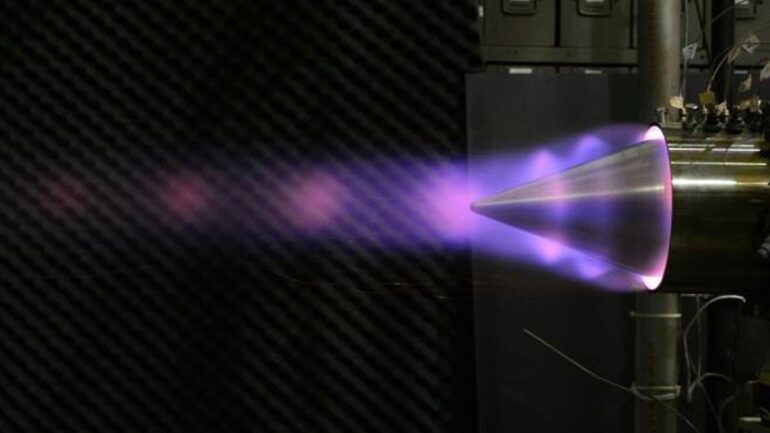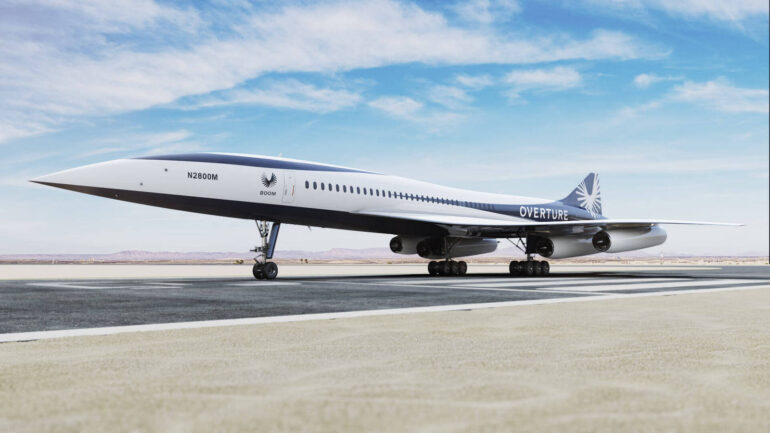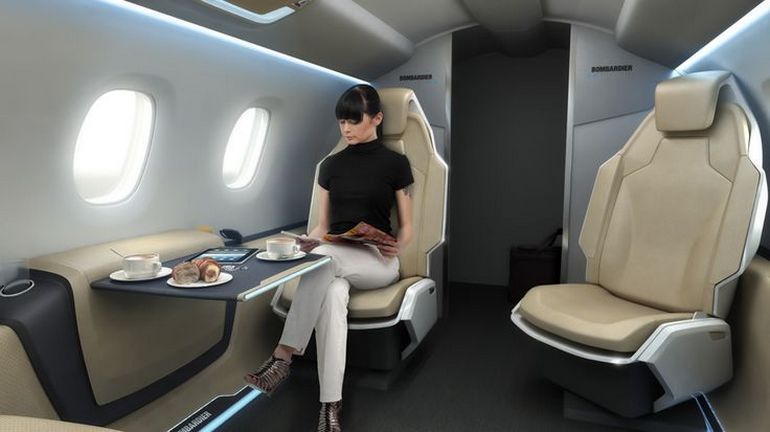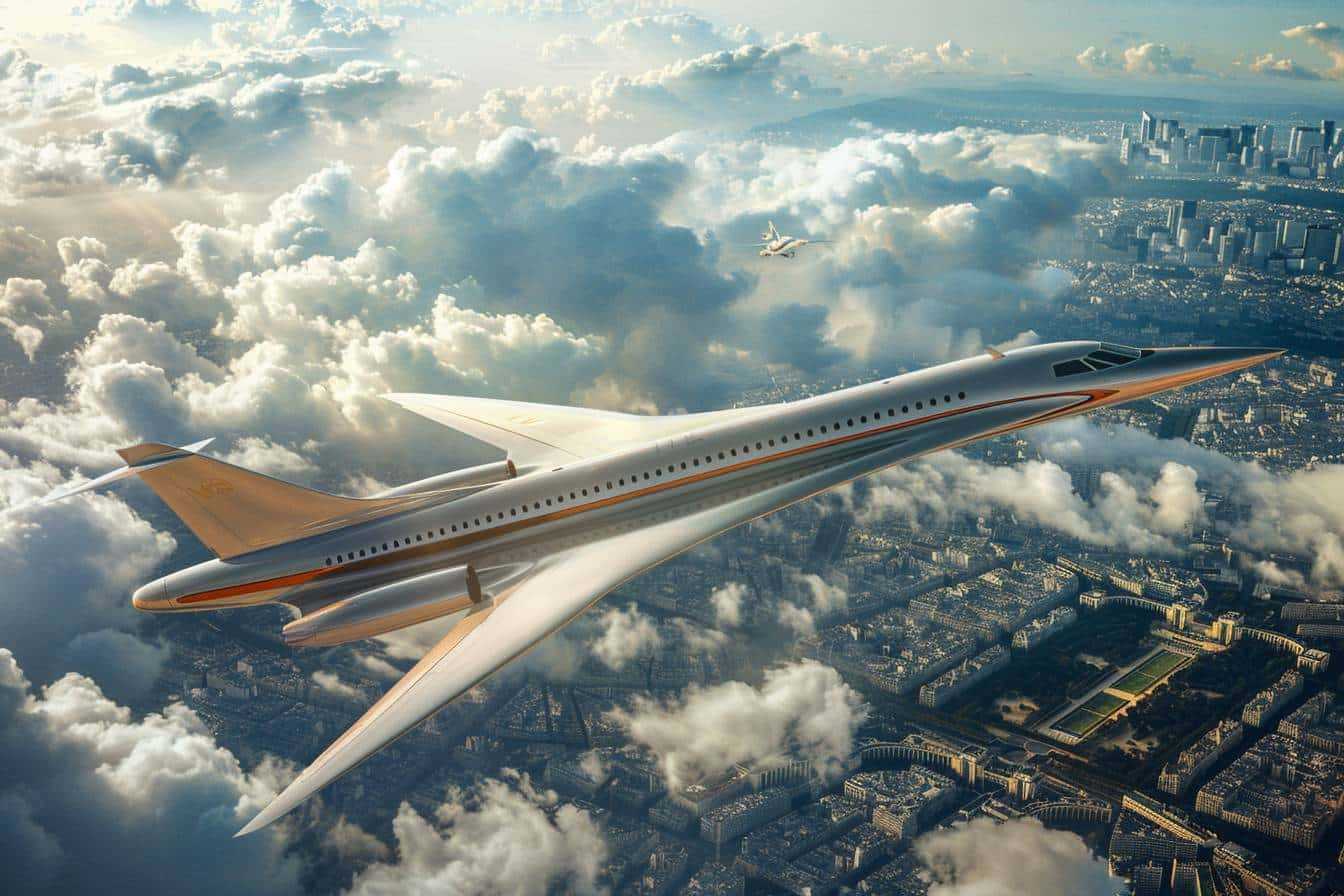Beijingwalker
Elite Member
- Nov 4, 2011
- 76,322
- 104,078
- Country of Origin

- Country of Residence

China developing hypersonic passenger jet SIX TIMES faster than Concorde that could reach anywhere within 2 hours
Developers hope it will be able to fly through the air at six times the speed of sound
Georgie English, Foreign News Reporter
Published: 14:39, 30 Aug 2024

CHINA is developing a hypersonic passenger jet capable of reaching speeds a whopping six times faster than the Concorde.
An impressive prototype for the “Nanqiang No 1” has shown the aircraft is set be able to reach anywhere in the world in less than two hours due to its daring speed.

Researchers look at a key component of the Nanqiang No 1 prototypeCredit: Xiamen University, Science and Technology Daily

The MUTTER engine design set to be in the new aircraft features a mixture of three different enginesCredit: Yin Zeyong

The planned project has undergone rigorous testing in a lab in Fujian Province with the hopes of achieving a hypersonic jet which can be used for tourists within the next decade.
Initial tests using the smaller prototype have proved successful with full-sized test flights already planned for 2025.
The unmanned aircraft is due to weigh just 500kg, according to reports in China.
It will also be able to travel at incredible speeds of up to Mach 6 when cruising - six times the speed of sound.
This pace will come from a mixture of turbofan, rocket and ramjet engines.
Initial images of the project appear to show two air-breathing ramjet engines, a small rocket, and two turbine engines all included in the "MUTTER" design.
MUTTER - which stands for multi-ducted twin-turbines ejector-ramjet - provides the jet was a state-of-the-art engine.
Computer modelling and early testing has shown the MUTTER engine is capable of reaching speeds over Mach 6 despite initial concerns over its validity.
Onboard 10 passengers will be able to travel.
Lead project scientist Yin Zeyong has described the plans as a "breakthrough" in technology and travel.
Lin, who is also the director of science and technology with the Aero Engine Corporation of China added: “It can change human civilization.”
According to the team, hypersonic flight technology such as the Nanqiang No 1 could reduce global travel time to under two hours.
They first started working on the jet in 2019 but are yet to make it go supersonic and reach speeds over Mach 1 (767mph).
An effective plan showing how they will slow down the jet when it reaches top speed or in an emergency is still yet to be revealed.
The Nanqiang No 1 is one of many ambitious plans tipped to rival Concorde, a legendary aircraft that was introduced 51 years ago and retired in 2003.
The historic aircraft had a maximum cruising speed of 2,179km per hour, or Mach 2.04 - twice the speed of sound.
Several other countries are working on their own speedy aircraft but many are looking into supersonic rather than hypersonic flight.
For a jet to travel at supersonic speeds it has to fly above the speed of sound which is Mach 1.
However, to break the hypersonic barrier it has to soar past Mach 5.
Currently just small, experimental vehicles have ever achieved such speeds with a huge issue being a sonic boom can be created at such speeds.
Nasa has been working on a jet dubbed the X-59, which is said to have a reduced sonic profile.
One of the closest to achieving supersonic status is Boom’s XB-1 Overture aircraft.
It underwent its second successful test flight this week with the first flight expected to take place in 2030.
Developers hope it will be able to fly through the air at six times the speed of sound
Georgie English, Foreign News Reporter
Published: 14:39, 30 Aug 2024

CHINA is developing a hypersonic passenger jet capable of reaching speeds a whopping six times faster than the Concorde.
An impressive prototype for the “Nanqiang No 1” has shown the aircraft is set be able to reach anywhere in the world in less than two hours due to its daring speed.

Researchers look at a key component of the Nanqiang No 1 prototypeCredit: Xiamen University, Science and Technology Daily

The MUTTER engine design set to be in the new aircraft features a mixture of three different enginesCredit: Yin Zeyong

The planned project has undergone rigorous testing in a lab in Fujian Province with the hopes of achieving a hypersonic jet which can be used for tourists within the next decade.
Initial tests using the smaller prototype have proved successful with full-sized test flights already planned for 2025.
The unmanned aircraft is due to weigh just 500kg, according to reports in China.
It will also be able to travel at incredible speeds of up to Mach 6 when cruising - six times the speed of sound.
This pace will come from a mixture of turbofan, rocket and ramjet engines.
Initial images of the project appear to show two air-breathing ramjet engines, a small rocket, and two turbine engines all included in the "MUTTER" design.
MUTTER - which stands for multi-ducted twin-turbines ejector-ramjet - provides the jet was a state-of-the-art engine.
Computer modelling and early testing has shown the MUTTER engine is capable of reaching speeds over Mach 6 despite initial concerns over its validity.
Onboard 10 passengers will be able to travel.
Lead project scientist Yin Zeyong has described the plans as a "breakthrough" in technology and travel.
Lin, who is also the director of science and technology with the Aero Engine Corporation of China added: “It can change human civilization.”
According to the team, hypersonic flight technology such as the Nanqiang No 1 could reduce global travel time to under two hours.
They first started working on the jet in 2019 but are yet to make it go supersonic and reach speeds over Mach 1 (767mph).
An effective plan showing how they will slow down the jet when it reaches top speed or in an emergency is still yet to be revealed.
The Nanqiang No 1 is one of many ambitious plans tipped to rival Concorde, a legendary aircraft that was introduced 51 years ago and retired in 2003.
The historic aircraft had a maximum cruising speed of 2,179km per hour, or Mach 2.04 - twice the speed of sound.
Several other countries are working on their own speedy aircraft but many are looking into supersonic rather than hypersonic flight.
For a jet to travel at supersonic speeds it has to fly above the speed of sound which is Mach 1.
However, to break the hypersonic barrier it has to soar past Mach 5.
Currently just small, experimental vehicles have ever achieved such speeds with a huge issue being a sonic boom can be created at such speeds.
Nasa has been working on a jet dubbed the X-59, which is said to have a reduced sonic profile.
One of the closest to achieving supersonic status is Boom’s XB-1 Overture aircraft.
It underwent its second successful test flight this week with the first flight expected to take place in 2030.


